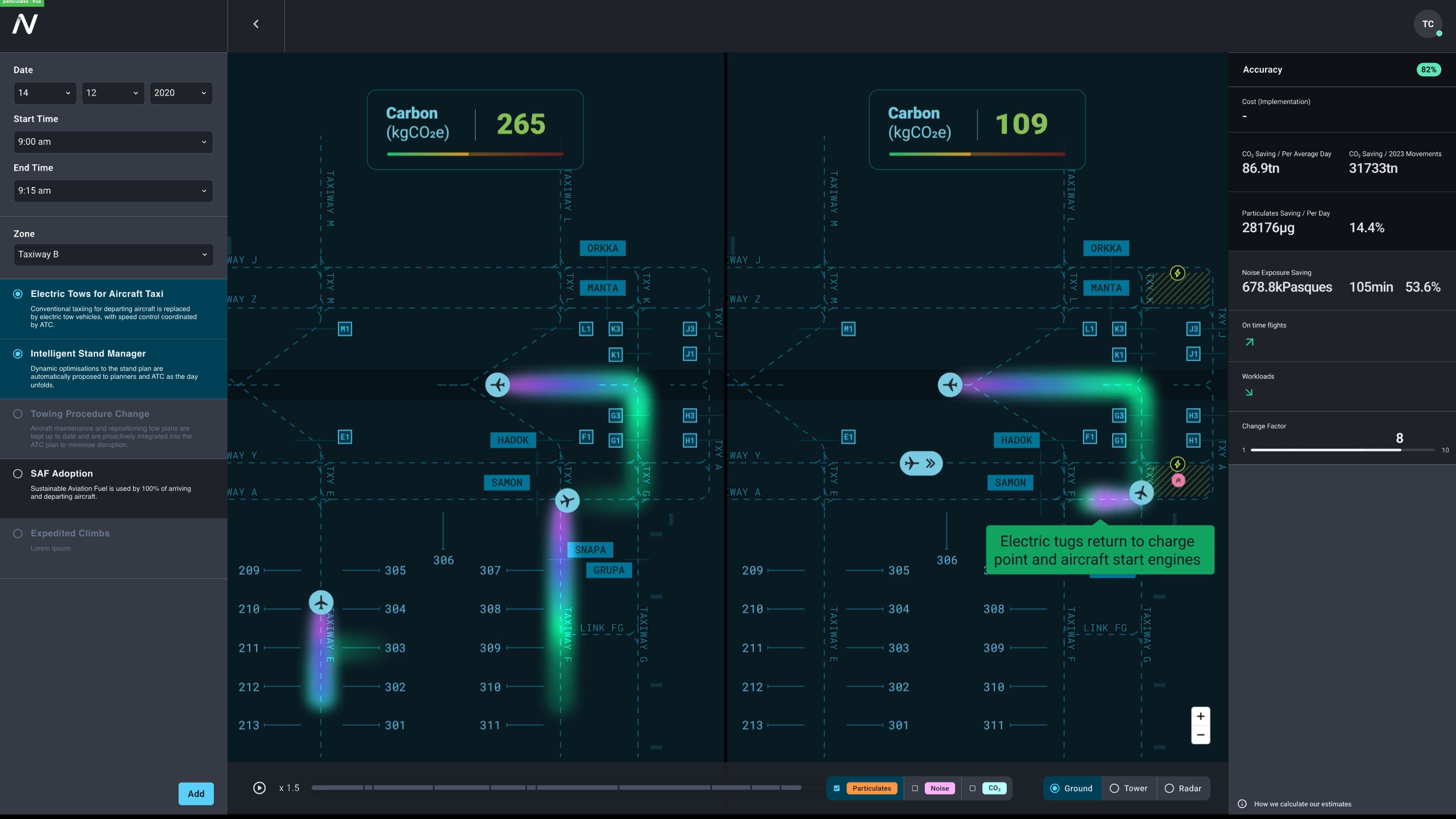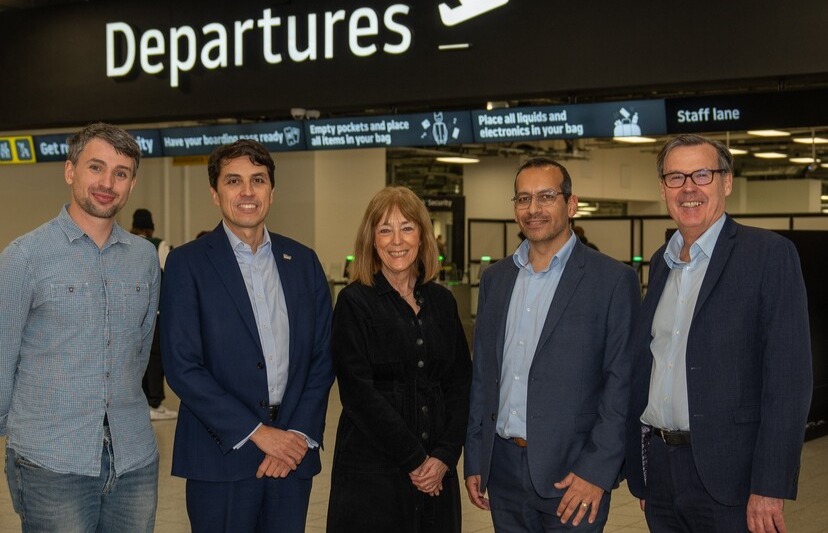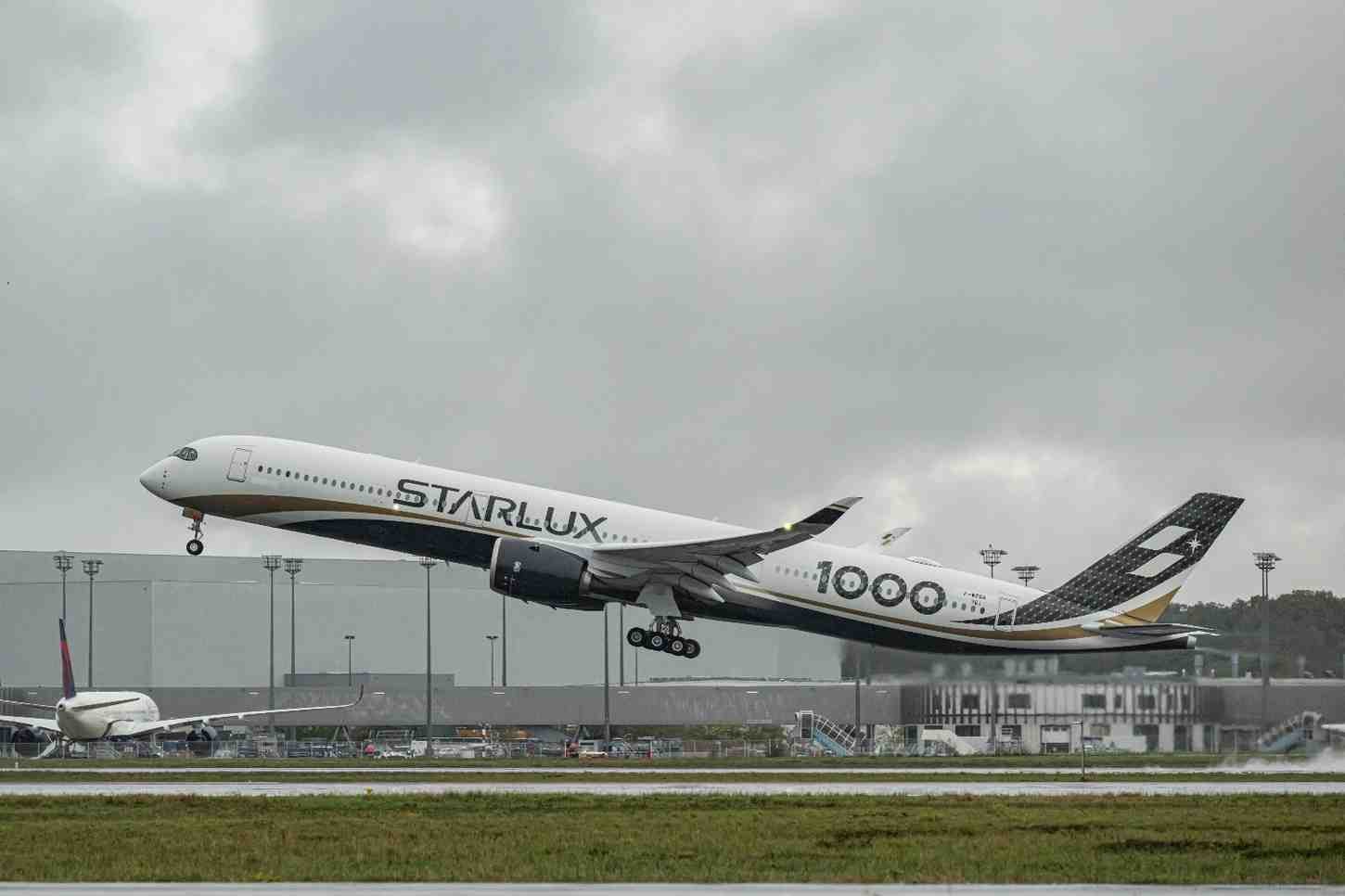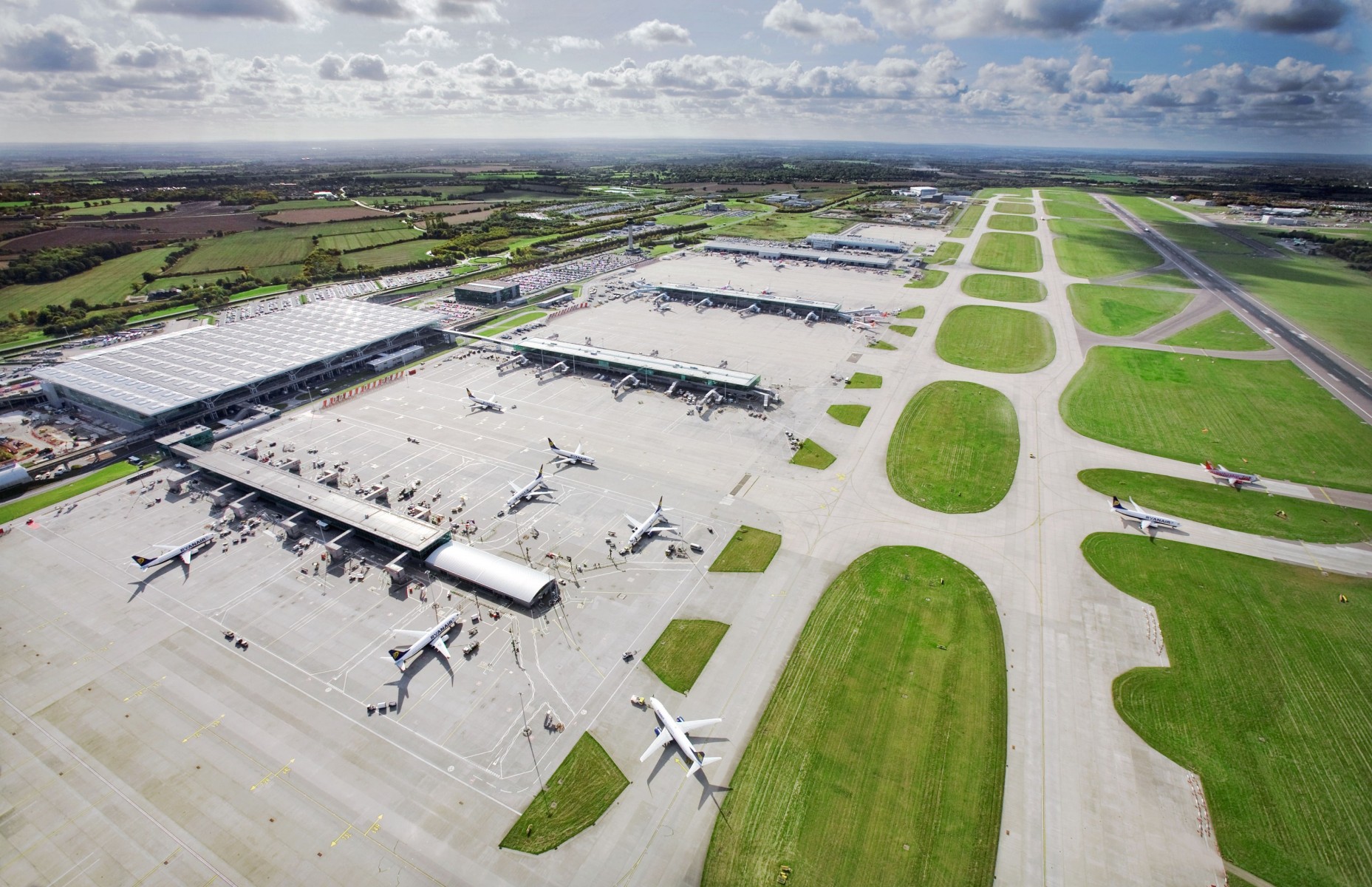NATS develops Clarity

Above: Clarity visualisation dashboard.
Courtesy NATS
Currently in development, Clarity will allow airports to analyse and compare the carbon impact of different aspects of their operation and to understand the relative effectiveness of any future sustainability initiatives or investments.
NATS believes the tool will help airports to best plan their route to net zero by providing detailed evidence of the value of a whole range of environmental initiatives.
Guy Adams, NATS Services Managing Director, said: “We know airports are taking their environmental responsibilities seriously, but we also understand that sometimes it’s hard to know which changes are going to reap the biggest gains. What Clarity will allow airports to do is identify the most effective changes, have evidence-based conversations and make informed investments for a more sustainable future.”
Clarity takes in a whole range of operational data and combines it with a state-of-the-art modelling capability to then visualise and quantify any carbon savings and costs. This will help airports to understand the cost per tonne of carbon saved and map out the most effective plan towards reducing emissions.
NATS says Clarity will be able to discern the relative benefits of a wide range of environmental initiatives, including the impact of new ground handling procedures, the installation of fixed-electrical ground power or the introduction of time-based spacing for arriving aircraft. It will also help airports understand the impact of any changes on operational efficiency.
Guy Adams added: “Resources are never infinite, so we want Clarity to support airports in making evidence-based decisions, ensuring their environmental priorities are balanced against the realities of maintaining day-to-day operational efficiency.”
Clarity will be able to model emissions for both ground and airborne operations up to 3,000ft, taking into account aircraft engine emissions broken down by phase, as well as APU usage and the impact of non-CO2 emissions. It will present that alongside a financial calculator, showing potential savings from reduced fuel burn, the cost of carbon and any known local tax incentives.
What will Clarity measure?
For each initiative and initiative combination, Clarity models emissions below 3000ft:
CO2e (carbon dioxide equivalent emissions) from:
- Aircraft engine – Landing and take-off (LTO) cycle (broken down by phase)
- Aircraft auxiliary power unit (APU)
- Non-CO2 emissions (pollutants)
- Nitrous oxides (NOx)
- Non-volatile particulate matter (nvPM)
- Financial impact
- Savings from cost of carbon, fuel and known tax incentives
Guy Adams concluded: “NATS has a long track record of working with airports to enhance runway capacity. We’re now applying that same expertise to sustainability and I believe we are well placed to support airports in making these important choices.”
NATS is the UK’s principal air navigation services provider and handled 2.4 million flights in the UK in the last financial year (2023/24), whilst providing aerodrome, data, engineering, capacity, efficiency and environmental performance solutions to customers worldwide, including airports, airlines, air traffic service providers and governments. It is split into two main businesses which provide two distinct services: NATS (En Route) plc (NERL), the regulated business which provides air traffic management services to aircraft within UK airspace and over the eastern part of the North Atlantic and NATS (Services) Ltd (NSL), the unregulated business, which provides air traffic control services at many of the UK’s major airports (15 civil and seven military airfields) and other airports overseas.












